1) Quantum Canola

When blackleg disease threatened to destroy Canada’s multibillion-dollar canola industry in the 1990s, U of A researchers rose to the challenge. Plant scientist Gary Stringam used his expertise in biotechnology to create a blackleg-resistant strain called Quantum canola that helped save Canada's canola industry. Quantum canola now contributes more than $20 billion to Canada's economy, and canola has become the country’s most valuable crop. Today, U of A researchers are poised for global leadership in emerging areas like precision agriculture, which Mordor Intelligence predicts will be the most influential agricultural trend by 2030.
…
2) The world's first hepatitis B antiviral

Hepatitis affects nearly one in three people worldwide. More than 400 million people live with chronic hepatitis B and C, and 1.3 million die from these diseases each year. When U of A researchers Lorne Tyrrell and Morris Robins discovered hepatitis B antiviral agents in the 1990s, their findings sparked one of Canada’s largest university-industry research collaborations and produced the world's first oral hepatitis antiviral, lamivudine. The medication is now used in more than 200 countries to treat HIV/AIDS as well as hepatitis, and has helped to save or improve millions of lives.
…
2) The C-Leg
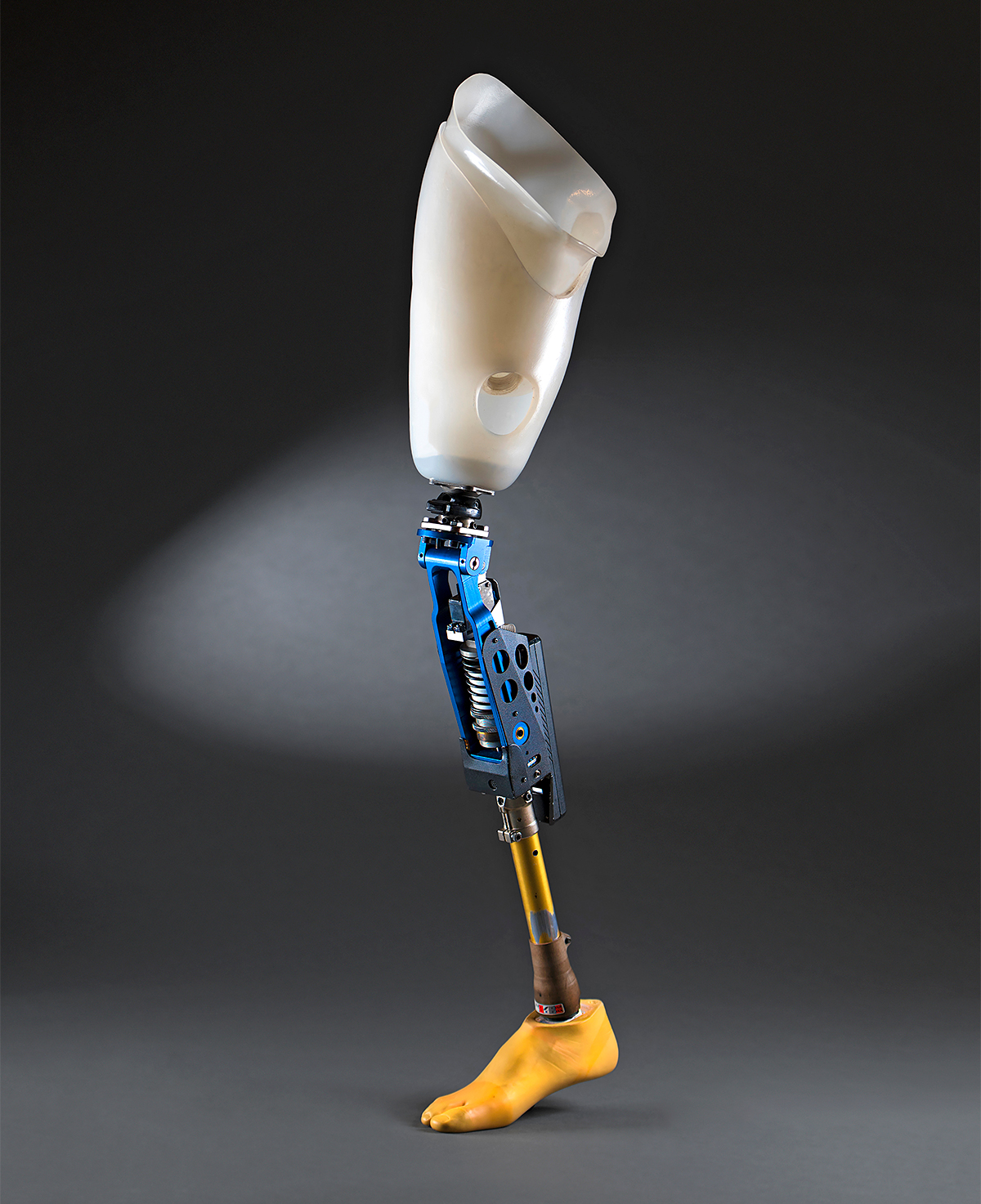
U of A researchers Kelly James and Richard Stein were among the first in the world to create a bionic leg—and the first to create a fully microprocessor-controlled knee. When they undertook their work in the early 1990s, the C-Leg was ahead of its time, using an intelligent sensor chip to detect the limb’s precise location in space and making adjustments at every moment of each step. The C-Leg remains an industry leader today, having helped more than 70,000 people around the world to walk more easily, safely and naturally.
…
4) Synthesized sucrose
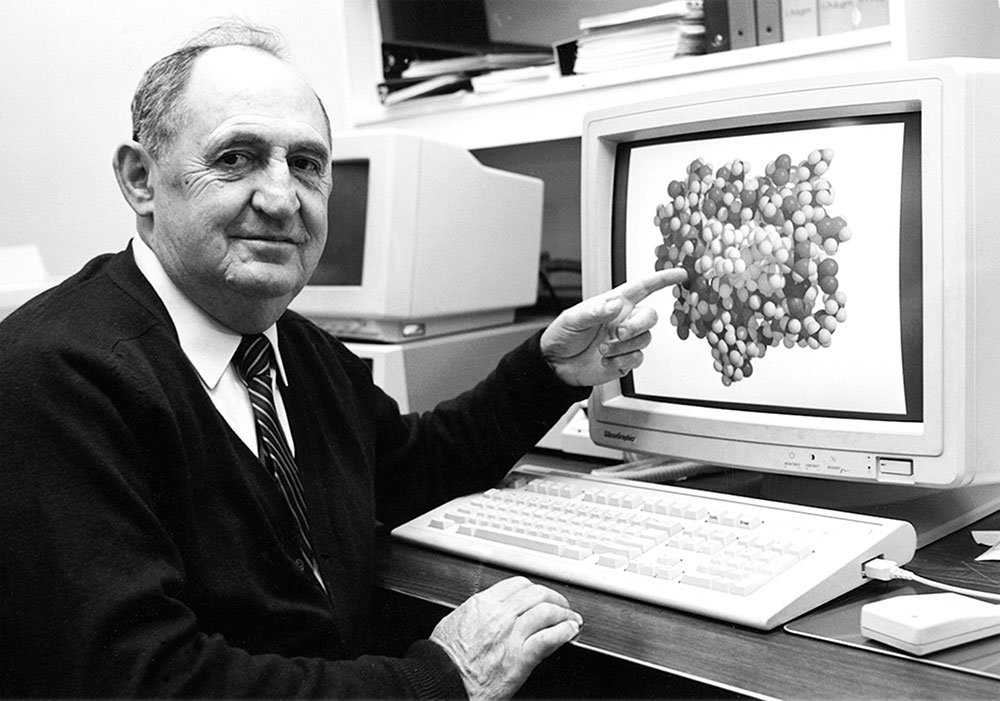
Many of today's medical treatments trace their origins to the creation of synthesized sucrose, as carbohydrate (i.e., sugar) chains—or glycans—reside in every living cell and are essential to most biological processes. U of A chemist Ray Lemieux was the first to build the 3-D sucrose molecule, laying critical groundwork for the development of antibiotics, vaccines, early anti-rejection techniques for organ transplant, and even early treatments for hemophilia. Lemieux accomplished the synthesis of sucrose while working at the National Research Council lab in Saskatoon, bringing his expertise to the U of A a few years later. The companies he founded shortly after—R&L Molecular Research (1962) and Raylo Chemicals (1966), acquired in 2006 by Gilead Sciences—helped to launch Alberta's biotech economy. Today the U of A is home to GlycoNet, the pan-Canadian research network leading the emerging science of carbohydrates, which includes the U of A’s newest Canada Excellence Research Chair, Lara Mahal.
…
5) The first oilsands separation process
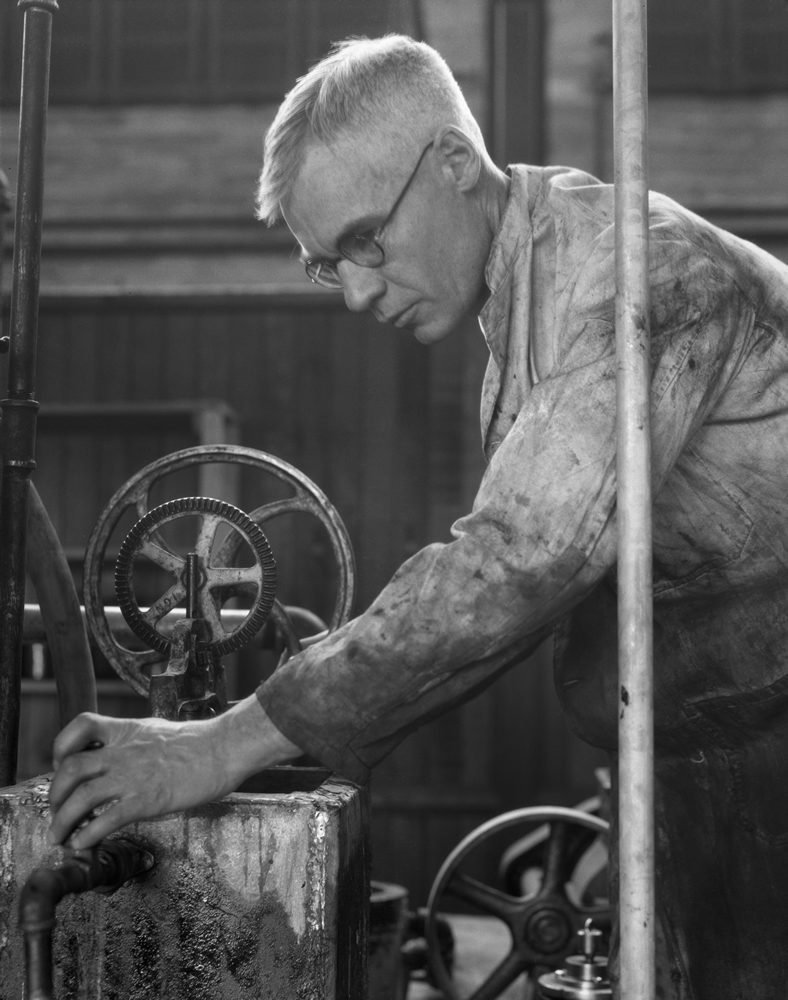
(Photo: Glenbow Museum Archives, ND-3–4596a)
Recruited by the U of A’s founding president, Henry Marshall Tory, engineering professor Karl Clark developed the first successful means of separating and refining heavy oil from the oilsands. Thanks in part to Clark’s discovery, Alberta has since become the world’s sixth largest energy producer, and the U of A continues to play a central role with the Canadian and global energy industry incorporating many of the university’s research discoveries. Home to Canada’s largest energy research cluster, the university houses expertise in new energy technologies—including solar, biofuel, energy storage, fuel cells, chemical batteries and nuclear fusion—that will help Alberta maintain its leading role in energy amid the changing global landscape.
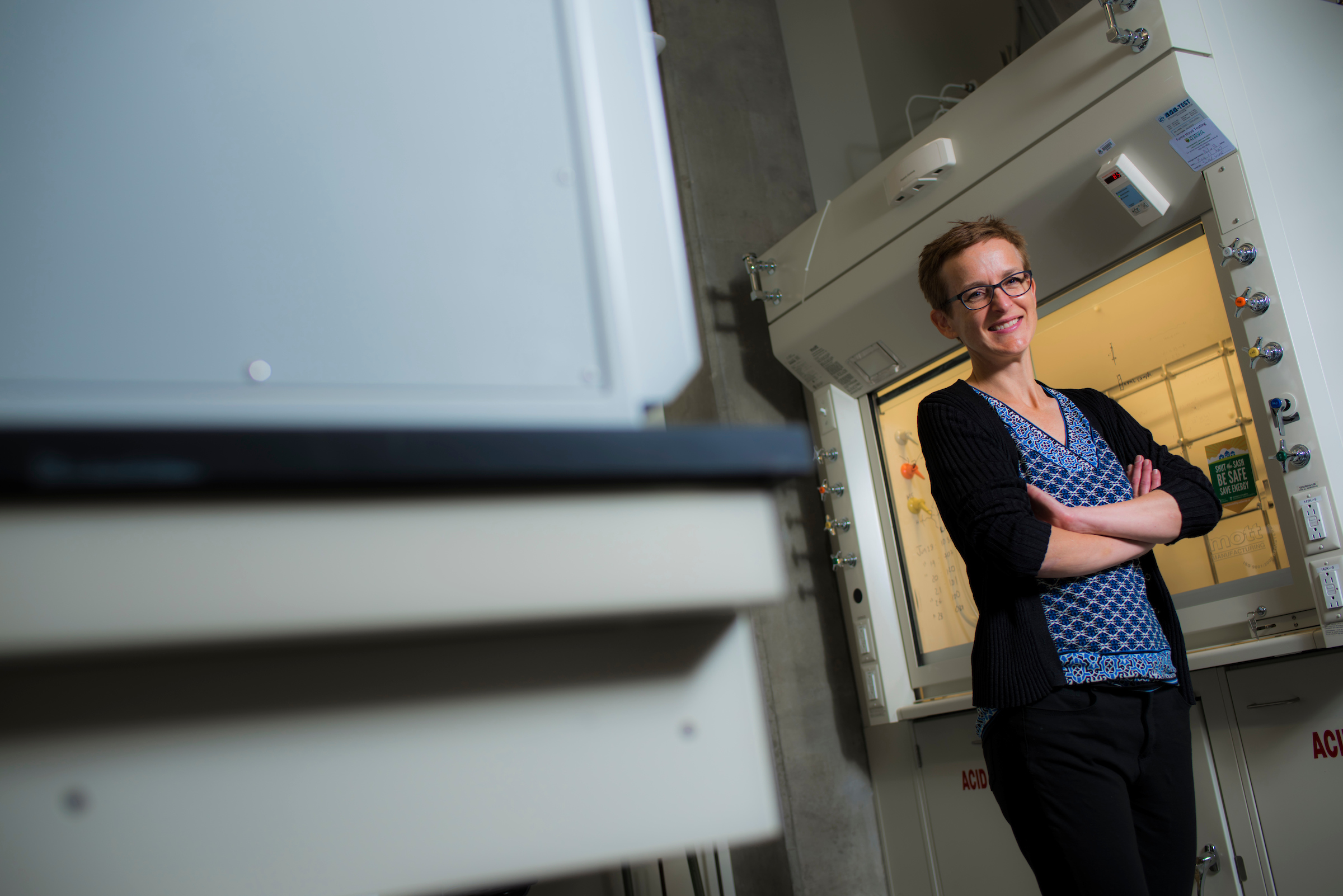
…
6) World championship winning AI
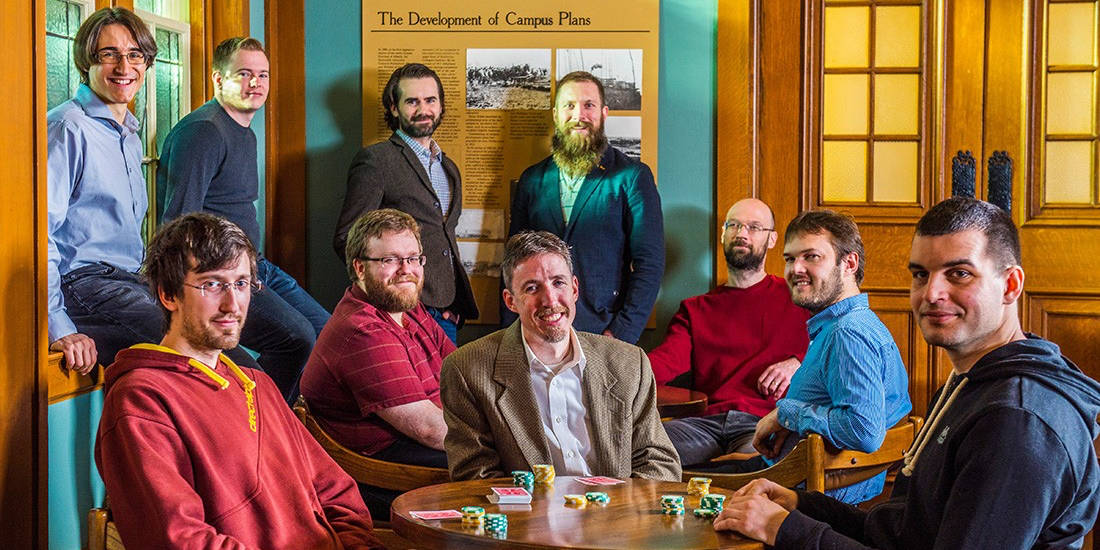
Artificial intelligence is set to transform every facet of our world—but much of this revolution began with games. In 1994, U of A computing scientist Jonathan Schaeffer’s computer program, Chinook, won the World Checkers Championship—the first program to win a human world championship in any game. Following the same trajectory, Michael Bowling and his team recently developed an algorithm that beats professional poker players in no-limit Texas hold ’em poker. These victories underpin diverse AI research at the U of A, spawning AI-powered innovations like the PolypDx test for colon cancer, new tools to predict and fight wildfires, and even ultrasound technology under current redevelopment that detects lung abnormalities to better diagnose COVID-19.
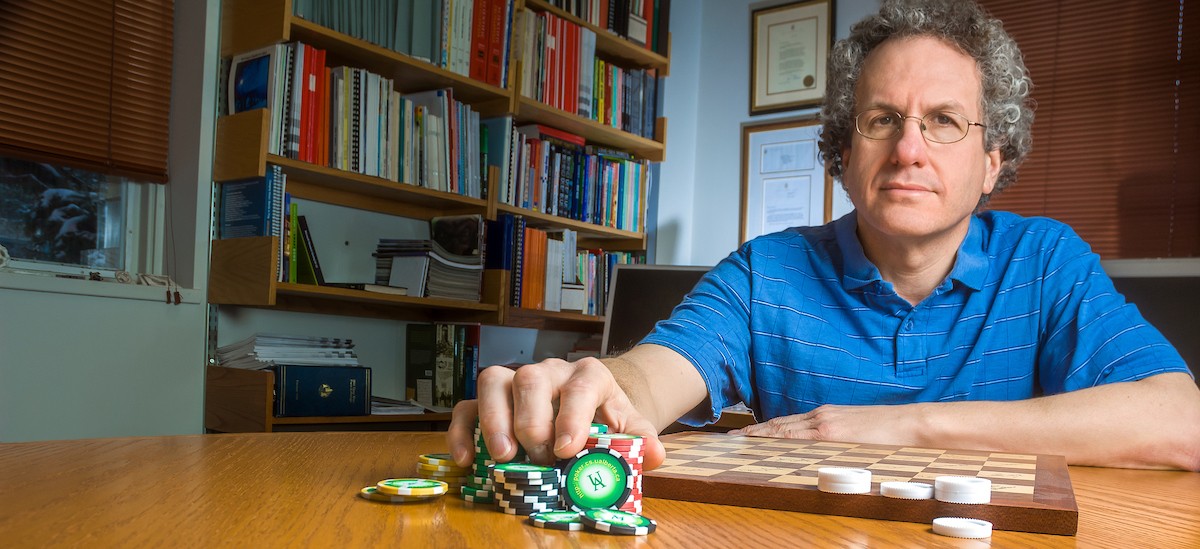
Know another U of A innovation that changed the world? Email blog@ualberta.ca and let us know.
Great ideas change the world, but ideas need a push forward. At the University of Alberta, we know that push has never been more important as we do our part to rebuild Alberta and keep doors of opportunity open to all. We're making research discoveries. We’re cultivating entrepreneurs. And we’re giving our students the knowledge and skills they need to turn today's ideas into tomorrow's innovations. Read more stories about U of A innovators.
